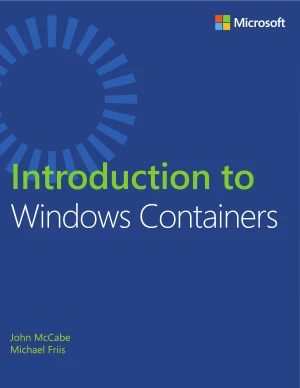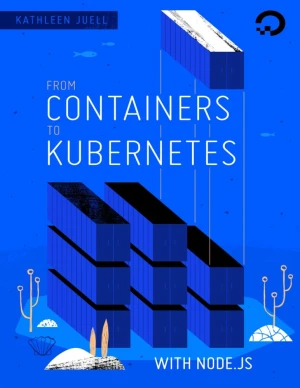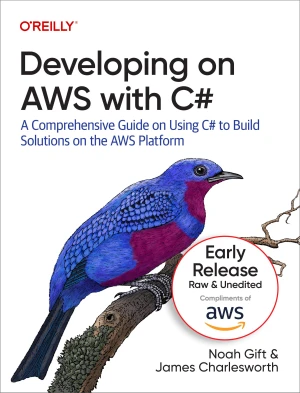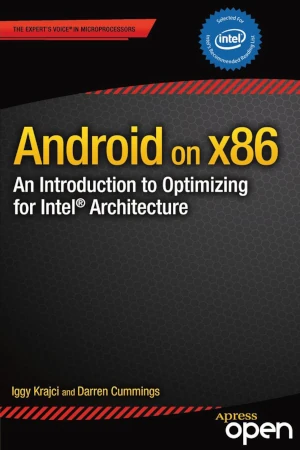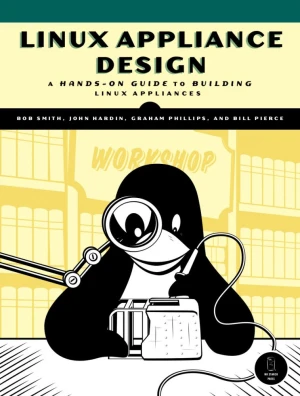Rails on Containers
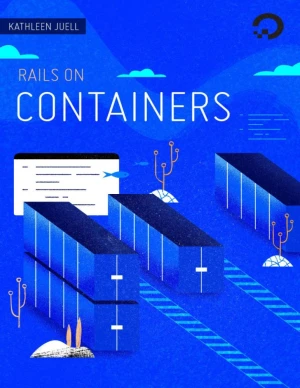

Book Details
| Author | Kathleen Juell |
| Publisher | DigitalOcean |
| Published | 2020 |
| Edition | 1st |
| Paperback | 316 pages |
| Language | English |
| ISBN-13 | 9780999773086 |
| ISBN-10 | 0999773089 |
| License | Creative Commons Attribution-NonCommercial-ShareAlike |
Book Description
This book is designed to introduce you to using containers and Kubernetes for full-stack development. You'll learn how to develop a full-stack application using Ruby on Rails and PostgreSQL with Sidekiq, and how to manage them all - first with Docker, then with Docker Compose, and finally with Kubernetes.
The topics that it covers include how to:
- Get started developing an application about sharks using the Ruby on Rails framework;
- Extend the application's data model to incorporate user submitted information about sharks;
- Add the Stimulus JavaScript and Bootstrap CSS frameworks to your application to create visually appealing, interactive pages;
- Integrate Sidekiq into your application to handle asynchronous data processing;
- Containerize your application and streamline your development workflow using Docker Compose;
- Migrate your Docker Compose development workflow to Kubernetes, finishing with a completely cloud-native application.
Each chapter is is designed to build progressively from the first. However, if you're familiar with a topic, or are more interested in a particular section, feel free to jump to the chapter that best suits your purpose.
This book is available under a Creative Commons Attribution-NonCommercial-ShareAlike license (CC BY-NC-SA), which means that you are free to copy, distribute, and modify it, as long as you credit the original author, don't use it for commercial purposes, and share any adaptations under the same license.
If you enjoyed the book and would like to support the author, you can purchase a printed copy (hardcover or paperback) from official retailers.
Download and Read Links
Share this Book
[localhost]# find . -name "*Similar_Books*"
Ruby on Rails Notes for Professionals
The Ruby on Rails Notes for Professionals book is compiled from Stack Overflow Documentation, the content is written by the beautiful people at Stack Overflow.
Introduction to Windows Containers
With the introduction of container support in Windows Server, we open a world of opportunities that takes traditional monolithic applications on a journey to modernize them for better agility. Containers are a stepping stone that can help IT organizations understand what key items in modern IT environments, such as DevOps, Agile, Scrum, Infrastruct
From Containers to Kubernetes with Node.js
This book is designed as an introduction to containers and Kubernetes by way of Node.js. Containers are the basis for distributed, repeatable workflows with orchestrators such as Kubernetes, and they allow developers and operators to develop applications consistently across environments and deploy in a repeatable and predictable fashion. The exampl
Developing on AWS with C#
Many organizations today have begun to modernize their Windows workloads to take full advantage of cloud economics. If you're a C# developer at one of these companies, you need options for rehosting, replatforming, and refactoring your existing .NET Framework applications. This practical book guides you through the process of converting your monoli
Android on x86
Android on x86: an Introduction to Optimizing for Intel Architecture serves two main purposes. First, it makes the case for adapting your applications onto Intel’s x86 architecture, including discussions of the business potential, the changing landscape of the Android marketplace, and the unique challenges and opportunities that arise from x86 de
Linux Appliance Design
Modern appliances are complex machines with processors, operating systems, and application software. While there are books that will tell you how to run Linux on embedded hardware, and books on how to build a Linux application, Linux Appliance Design is the first book to demonstrate how to merge the two and create a Linux appliance. You'll see for


